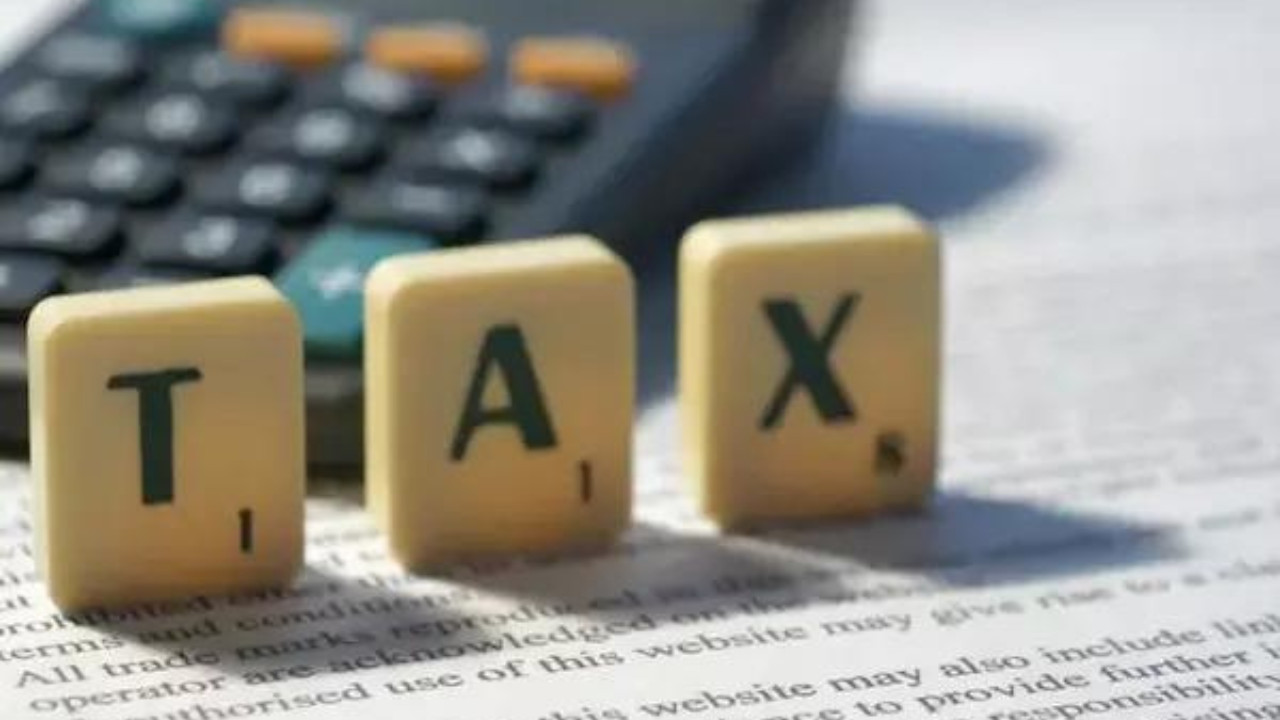Decoding India’s Direct Tax Revenue: A Look Beneath the Surface
India’s economic narrative is often told through numbers – GDP growth, inflation rates, and of course, tax revenue. Recently, the spotlight has turned to direct tax receipts, and the story they’re telling is more nuanced than a simple headline might suggest. Initial reports point towards a slowdown, but digging deeper reveals a complex interplay of factors at play.
The initial figures indicate a 3.2% growth in direct tax collections, a stark contrast to the much higher figures we’ve seen in recent years. This has understandably raised some eyebrows. Is this a sign of a broader economic slowdown, or is there more to the picture than meets the eye? Let’s unpack this.
The Impact of IT Relief on Tax Collections
One significant factor contributing to the perceived slowdown is the income tax relief measures implemented by the government. These measures, designed to ease the burden on taxpayers and boost disposable income, have inevitably had an impact on the overall direct tax revenue. Think of it as a deliberate trade-off: less revenue in the short term, potentially leading to higher consumer spending and economic activity in the long run. It’s a gamble, a calculated one, but a gamble nonetheless.
The reduction in tax rates, coupled with changes in tax slabs, means that individuals and corporations are paying less tax on their income. While this puts more money in their pockets, it naturally translates to lower collections for the government. The real question is whether this injected capital will translate into increased investments and further stimulate the market.
Beyond the Numbers: Understanding the Nuances
While the 3.2% growth figure is lower than previous years, it’s crucial to consider the context. The previous fiscal years saw exceptionally high growth rates, partly due to a post-pandemic economic rebound and pent-up demand. Comparing this year’s figures to those extraordinary periods might paint a misleading picture. We’re likely seeing a correction, a return to a more sustainable growth trajectory after a period of rapid expansion.
Moreover, simply focusing on the percentage increase can be deceptive. The absolute amount of direct tax collected still represents a significant contribution to the government’s coffers. This revenue is vital for funding crucial public services like infrastructure development, healthcare, and education. It’s the engine that keeps the wheels of progress turning.
Corporate Tax Revenue: A Key Indicator

Within the broader category of direct taxes, corporate tax revenue deserves special attention. Corporate taxes are a direct reflection of the profitability of businesses. A decline in corporate tax revenue could indicate challenges facing the corporate sector, such as rising input costs, reduced demand, or increased competition. However, it could also reflect strategic decisions made by companies to reinvest profits or take advantage of tax incentives designed to boost investment.
Following the money trail of where that revenue is going can provide clues on if the markets are stable.
Looking Ahead: Sustaining Revenue Growth
The government faces the ongoing challenge of balancing the need to stimulate economic growth with the imperative of maintaining a healthy fiscal position. Continuing to simplify tax laws, improve tax administration, and broaden the tax base are crucial steps towards achieving sustainable revenue growth. Encouraging greater compliance and cracking down on tax evasion are also essential.
Investing in technology and data analytics can help the tax authorities identify potential areas of revenue leakage and improve the efficiency of tax collection. Furthermore, fostering a culture of tax compliance through education and awareness campaigns can encourage more citizens and businesses to fulfill their tax obligations. This has a trickle effect.
Ultimately, the long-term health of India’s economy depends on a robust and sustainable tax system. By carefully calibrating tax policies and focusing on efficiency and fairness, the government can ensure that direct tax revenue continues to play its vital role in funding India’s development aspirations. The key is to stay agile, adapt to changing economic circumstances, and constantly strive for improvement. As India navigates its economic future, understanding the nuances of direct tax revenue is paramount to shaping effective policies and achieving sustainable prosperity.







